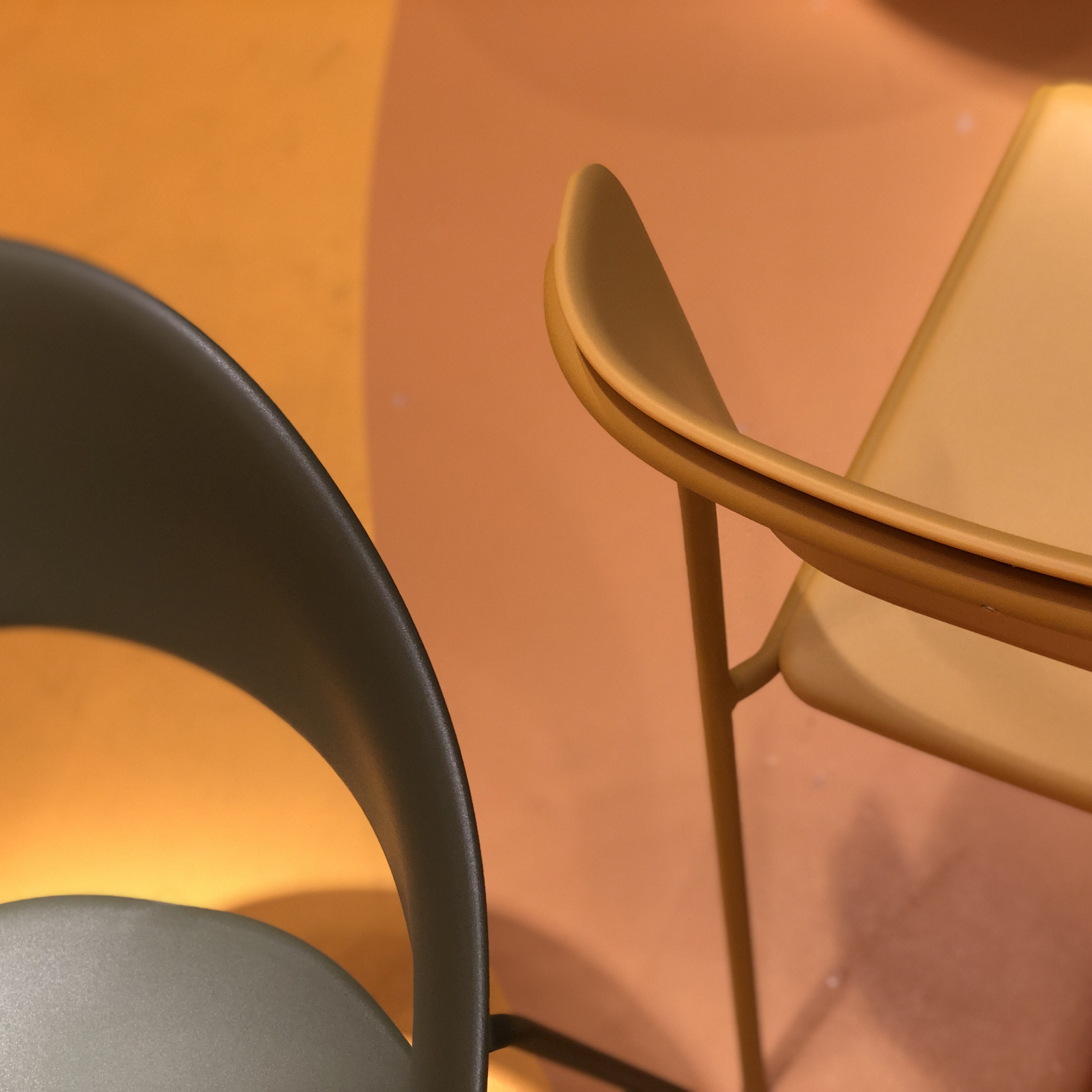
Axel Buether studied architecture, but then switched to the field of perceptual psychology. Today, he researches the effects of color, light and space and teaches visual communication at the University of Wuppertal. In his practical work, it is very important to him to sensitize clients to user needs in the early project phases, he explains in the interview.
Katinka Corts: Colors create one expectation for us, but different ones depending on the cultural background: For example, gray is sometimes noble, sometimes poor, and can stand for modern architecture as well as for dirt. You and your students have spent years of research developing so-called color brain maps in an attempt to capture colors in comparable matrices. How did that happen, Mr. Buether?
Axel Buether: My task at the school was to create a basis for color theory and a system for color perception. So the first question was how colors are perceived at all. About half of our perception of colors is innate, evolutionarily important colors move to the center of our perception. The equally important second part includes culturally learned meanings that we wanted to represent with these color maps. Particularly when it comes to the effect of colors, it is easy to give simple answers that are not wrong per se, but are nevertheless dangerous because they greatly reduce complex knowledge. Together with the students, we have photographed millions of things over the years and asked ourselves in the evaluation whether a structure can be recognized. Do some colors only occur in restricted areas? What do culture and nature have to do with each other? Why are colors used in this way?
It is an important non-verbal means of communication and yet only the context of its use determines the meaning of the color. A red flower can have a friendly effect, whereas a red room can be unsettling. To what extent did you limit the field of study in the task so that the results are really comparable, even though everyone documents the environment in different places and at different times?
The sheer number of contributors and results makes the results reliable; there were certainly over 500 students in six years. However, the millions of images are of course only representative of Central Europe, in Central Africa or North America we would have had completely different results. But similar to languages, there are also similarities in the meaning of colors that can be described well. The results can be used for the design and explanation of color effects. They can also explain the conscious or unconscious associations that occur when looking at several colors, i.e. provide reasons for relaxation or tension.
In practice, I always try to underpin models with empirical data, for example medication consumption in hospital wards or staff sickness rates before and after redesigns. This allows more people to understand that targeted use of color has an important meaning for users.
What are people’s innate reactions and perceptions of color and how do they express themselves?
…
You can read the entire interview with Katinka Corts on the GERMAN ARCHITECTS magazine website


